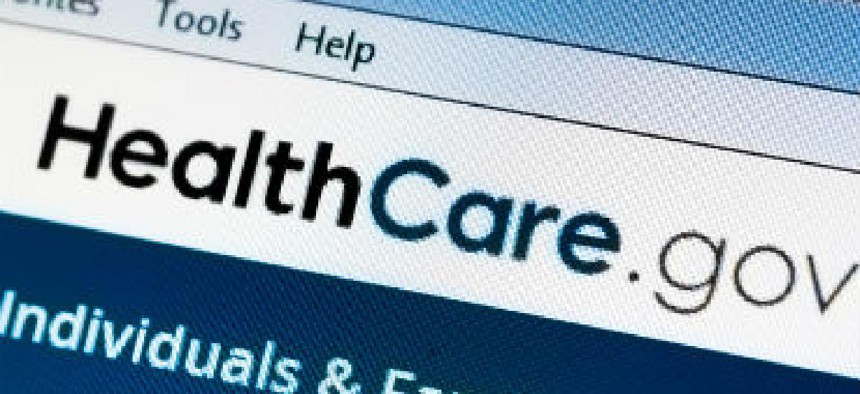Watchdogs glean IT lessons from HealthCare.Gov failures

Representatives from GAO and HHS' Office of the Inspector General examine the failures, successes and takeaways from the first five years of Affordable Care Act implementation and technology.

The mismanaged rollout of HealthCare.gov in 2014 was painful for the site's creators and customers alike. But the debacle and the subsequent efforts to fix it also presented an opportunity for independent watchdogs to study the process -- and to draw lessons that hopefully can help prevent future crises in agency IT planning and contracting.
Testifying before the Senate Finance Committee on March 17, Erin Bliss and Seto Bagdoyan, representatives from the Department of Health and Human Services Office of the Inspector General and the Government Accountability Office respectively, examined the contributing factors to the site's initial collapse, its recovery and the lessons learned in the process.
An HHS Inspector General report published in late February "chronicles the breakdown and turnaround of HealthCare.Gov over a five-year period," Bliss said. "We believe that our assessment of the intersection of technology, policy and management can benefit a broad range of federal projects and programs."
Bliss and Bagdoyan each presented their three biggest takeaways from independent investigations: a lack of clear leadership, a disconnect between those working on the policy and the technical sides and the importance of continuous learning and being adaptable to resolve the botched launch.
"CMS pivoted quickly to make corrections to the website," said Bliss. "CMS also took a more realistic approach to building website functions and practiced… ruthless prioritization, which focused on effectively developing the most critical functions… and delaying other features."
Bliss also said the massive-scale, technically complex project faced a high risk of failure from the outset, due to "many avoidable organization missteps, in addition to problems with website technology."
Bagdoyan added that, due to the scope of HealthCare.Gov, the site was "inherently at risk for errors including improper payments and fraud."
When pressed about whether the GAO identified healthcare fraud, Bagdoyan reminded the committee of the purpose of the GAO's review.
"The intent of the investigation was not to uncover fraud, but to flag control vulnerabilities as well as identify indicators of potential fraud," he said.
"Let's keep in mind that GAO and HHS-OIG are not partisan entities," Chairman Orrin Hatch (R-Utah) said to the committee, to allay leading questions and commentary from members either in support or opposition to the underlying Affordable Care Act legislation.
"Instead of battling out what happened over three years ago, we should be pulling on the same end of the rope and solving the problem," added ranking member Ron Wyden (D-Ore.).
CMS continues to address the recommendations provided by HHS-OIG and GAO reports.





